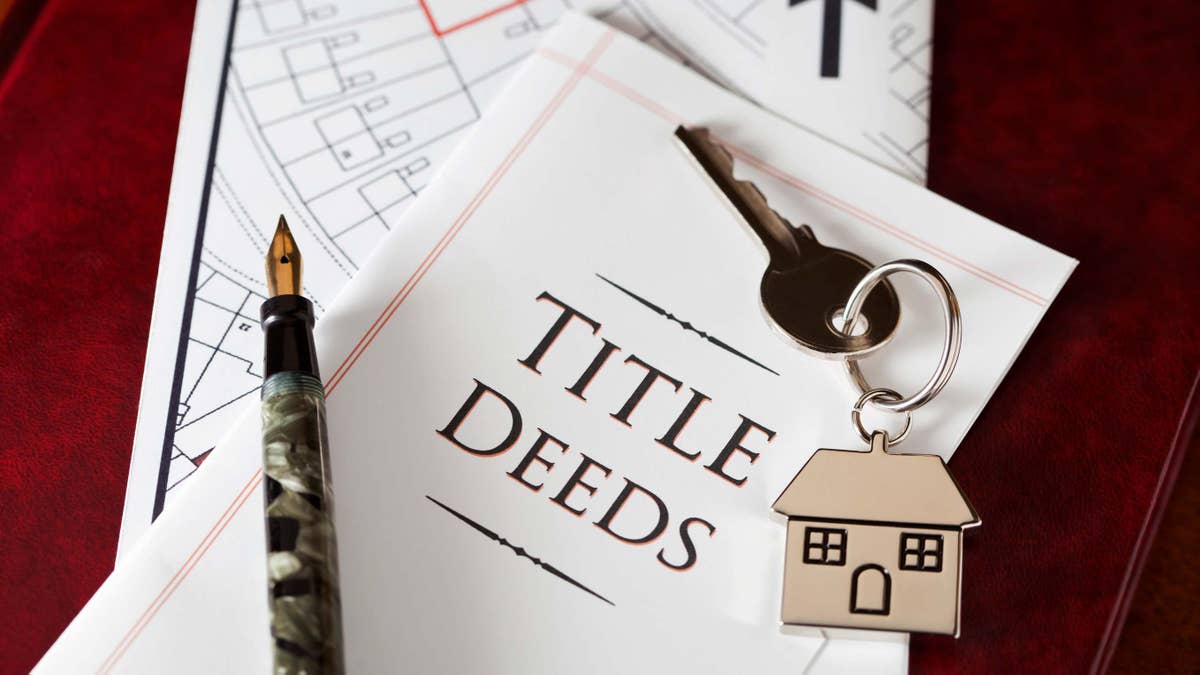
Title Deeds and keychain (stocknshares)
What is a quitclaim deed? It's a legal document that transfers any ownership claim, interest, right or title a person or entity may have in a property to someone else. In effect, it releases (or quits) any ownership claims a person may have in a piece of property.
What does a quitclaim deed do?
Unlike a warranty or grant deed, a quitclaim deed doesn't confirm the grantor owns the property. It simply states that if a grantor has an ownership claim, they agree to quit it and give it to the grantee.
When a grantee accepts a quitclaim deed, they accept the risk that the grantor may not actually own the property. A quitclaim deed's main benefit? It prevents a grantor from later claiming an interest in the property -- they've relinquished any interest in writing.
We know buying a home can be stressful, but an extra layer of complexity is added when a home is owned by more than one person. When several members of a family own a home or it's not entirely clear who actually owns a home, a quitclaim deed is commonly used for property to properly change hands.
When is a quitclaim deed used?
Families often use quitclaim deeds to transfer a property between family members, such as from parents to a child. Parents would quit their claim on a piece of property, granting it to their children.
Quit claims are also used to add or remove a spouse from the property title, usually as a result of marriage or divorce. For instance, if a wife receives a home in a divorce, the husband may sign a quitclaim deed to remove his interest in the property.
They're also used by corporations when transferring property between closely related entities, and when a property is being transferred into a family trust.
In addition, when an insurance company finds an outstanding claim (or "cloud") in a property's title, insurers will ask a person to quit any possible claims via a quitclaim deed.
Quite simply, a quitclaim clears up any uncertainty with regards to any ownership stakes in a house.
Elements of a quitclaim deed
While quitclaim deeds differ by locale, there are common elements, including:
- The title
- The date of execution
- Who the grantor and grantee are
- The habendum, which describes the transfer of ownership rights
- The consideration, which describes what the grantee gives to the grantor in return for the rights
- A legal description of the property
- Notarized signatures
Preparing a quitclaim deed
Preparing a quitclaim deed isn't hard. First, read up on your county's requirements. The information is often available online. If possible, get a sample deed form. You then need to obtain the information for the sections mentioned above, particularly the legal description of the property.
Once you've completed the form, meet the grantor along with a notary public and have the notary witness the signing. After the deed has been notarized, copy it and record it at the county's clerk and recorder's office. While recording the deed isn't required by law in all states, it's advisable in order to protect you from future claims on the property's title.